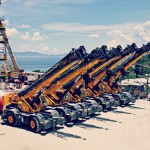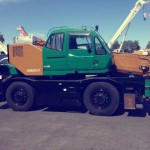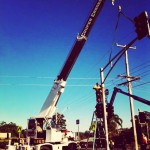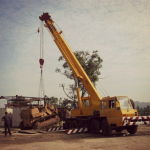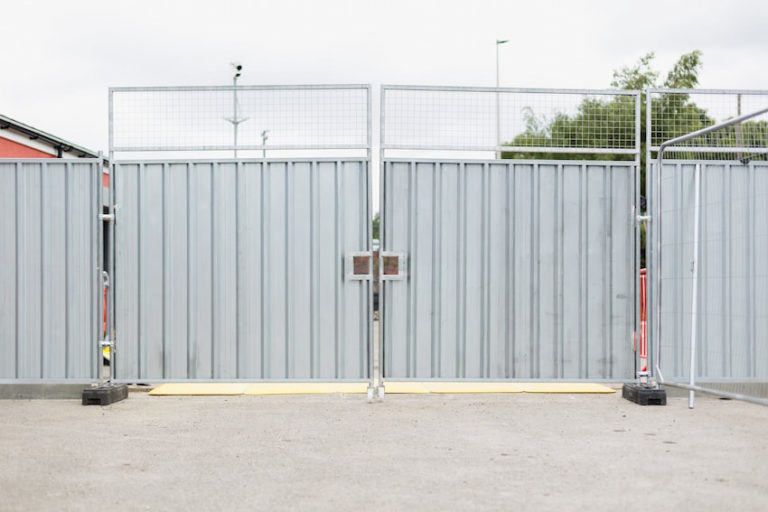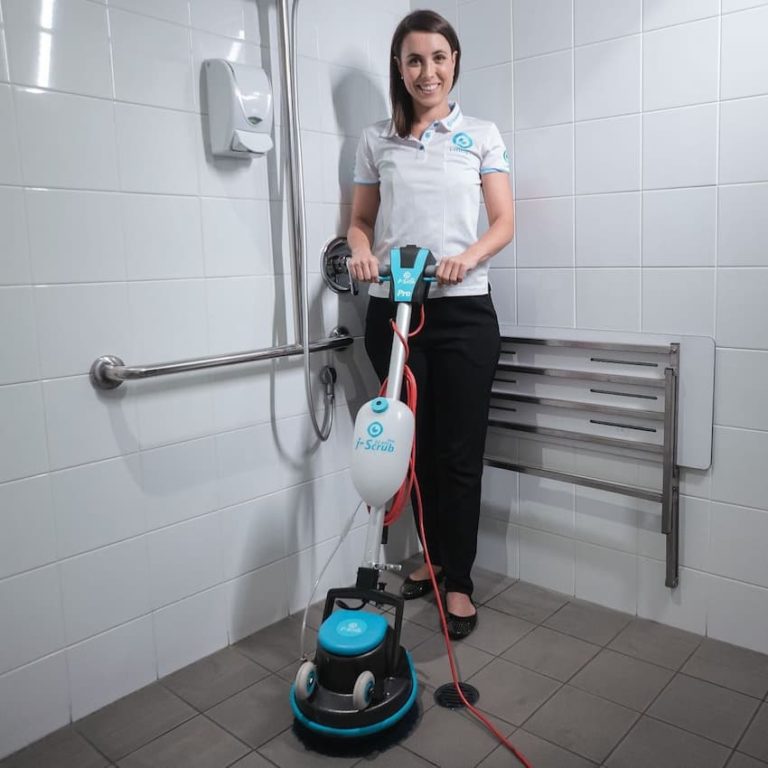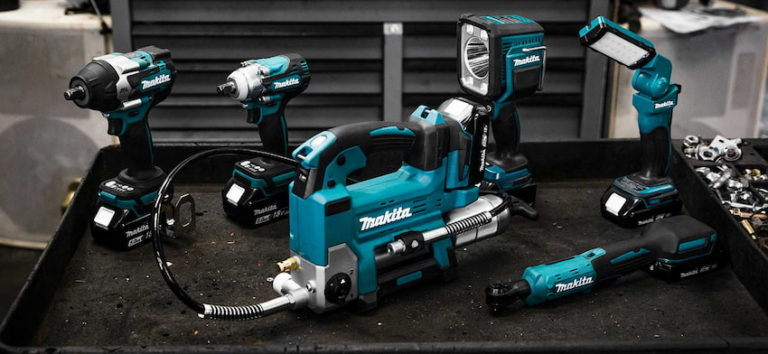When you want to add fixtures to stone, brick or concrete, you’ll need masonry anchors. There are different types of masonry anchors, depending on the application, the type of structure, where the fixtures will be added and the required strength. Cast-in-place anchors, like headed and bent-bar bolts are applied before the concrete has been set and used in connecting large structural elements of a building. Post-installed anchors, like a sleeve or chemical anchors, are used in solid brick, stone or concrete. Masonry anchors need to provide a secure fixing point between the fixture or item you’re planning to add and the material. Choosing the right type of anchor can prove difficult with so much variety.
Which Anchors are Used in Brick?
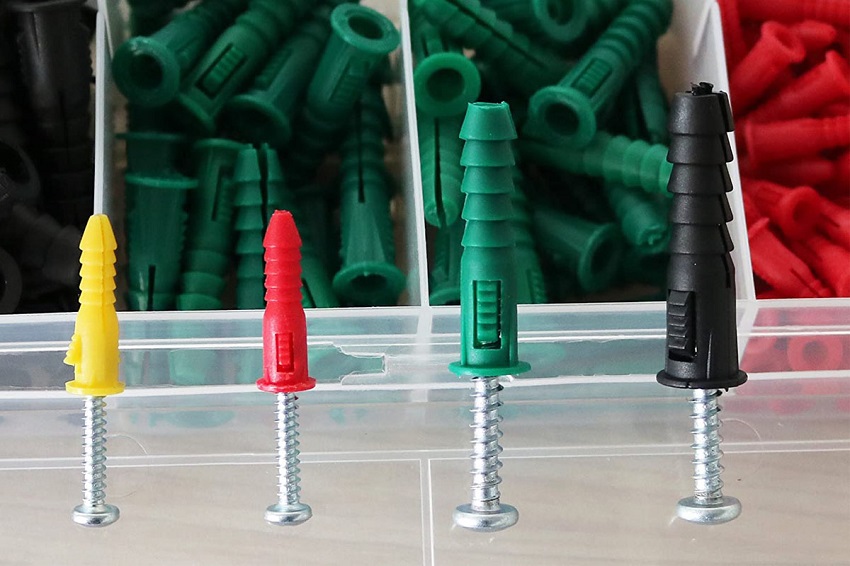
If you’re working with brick, there are several types of anchors to choose from. The most common and the ones that have the best holding consistency are sleeve anchors. You’ll find these with different head types, widths and lengths, and materials. Which type of sleeve anchor you use will depend on what you’re affixing to the brick and where. Sleeve anchors are a type of so-called male anchors that penetrate and expand into the material. Because the sleeve lines the whole length of the anchor, sleeve anchors have a larger contact surface with the brick than other anchors.
There are also female masonry anchors. These sit flush with the brick and expand when bolts or screws are inserted. Machine screw, lag shield and single or double penetrating anchors are types of female masonry anchors. They are often used in specialized applications mainly in brick of lower quality.
What are Sleeve Anchors?
Sleeve anchors are a type of expansion anchor that expands into the brick when tightened. They consist of a bolt, an expansion sleeve and a nut or flathead. Sleeve anchors can be used in different brick types, from solid or hollow bricks, and are also good for solid brick mortar. The high tensile strength makes sleeve anchors more than adequate in light jobs like interior wall fixtures, or medium to heavy-duty applications like joists.
Types of Sleeve Anchors
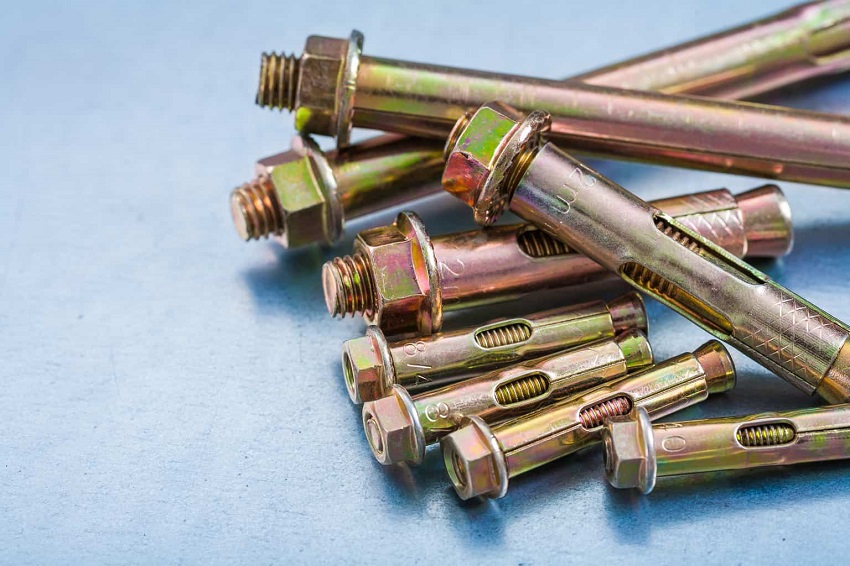
There are two basic types of sleeve anchors: headed and nut drive. Nut driven sleeve anchors consist of a bolt, a metal sleeve surrounding the bolt (hence the name) and a hex nut and washer. They are used when extra strength is needed as the nut and washer combination provides for a tighter and stronger fit. If you require a flush fit or where exposed anchors are inconvenient, then use head sleeve anchors. This is suitable in light fixtures, like door frames, junction boxes or stair treads into brick walls.
Head styles
There are several head types on sleeve anchors. The most common is the hex bolt head, but you’ll also find acorn head, round head and flat head sleeve anchors. Hex head bolt anchors are tightened with a wrench, while other head types use an appropriate screwdriver.
Materials
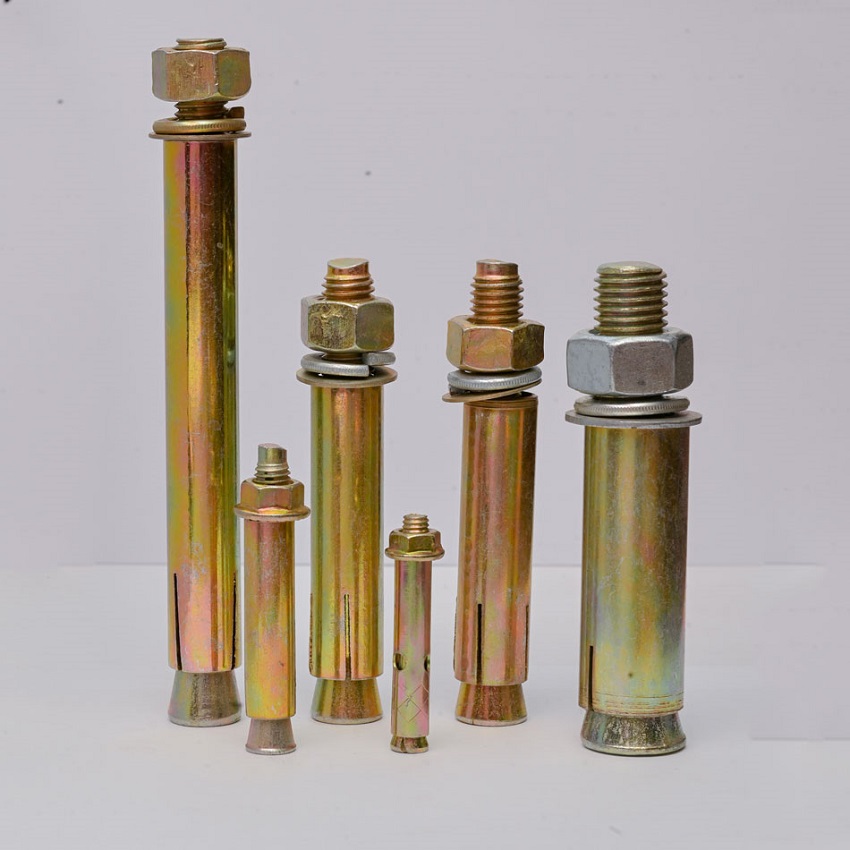
Two types of metals are used in sleeve anchors: zinc and steel. Zinc-plated anchors are generally used indoors and in dry areas, mainly in light applications. Stainless steel and carbon steel sleeve anchors are good in exposed outdoor areas and in applications requiring higher hold strength and consistency. Both materials are available in different head types and dimensions depending on the fixings.
Dimensions
Choosing the correct size and diameter will ensure the correct holding strength. Headed anchors are measured from the head tip to the end of the bolt, whereas nut driven bolt anchors are measured as the length of the bolt only. Widths are commonly proportionate with length, meaning longer anchors are also wider. Widths range from 6.5mm or ¼ inch, 10mm or 3/8 inches, 12.5mm or ½ inch, 16mm or 5/8 inches and 20mm or ¾ inch sleeve anchors. Nut driven anchors will have wider nuts due to the sleeve, whereas headed anchors are uniform along the whole length. Lengths start at 35mm all the way up to 150mm.
Sizing is important in that it determines the depth of the hole that is driven into the brick or masonry. Larger holes and longer, wider sleeves anchors are used in heavy-duty fixtures and will be able to carry more weight, while smaller anchors are used for lighter, smaller fixtures. When installing the anchor, you’ll also have to pay attention to torque levels at which it is tightened to ensure that the sleeve expands into the brick and holds firmly. Torque figures are usually listed on the packaging.
Installing Sleeve Anchors
Sleeve anchors require a pre-drilled hole. This is done with a hammer drill. Holes are drilled at least 10 to 20mm longer than the length of the anchor and in the same diameter. When drilled, the holes are cleaned, either with a brush or air tool. Sleeve anchors are installed into the hole with the fixture. Nuts are first tightened by hand then secured with a wrench. Flathead anchors are tightened with the correct screwdriver. Things to consider are the torque levels, too tight and the sleeve might rupture, too loose and the anchor won’t hold. Also, space the anchors roughly at ten widths of each other. Using too many sleeve anchors close together can actually reduce the holding strength and cause cracking in the masonry.

